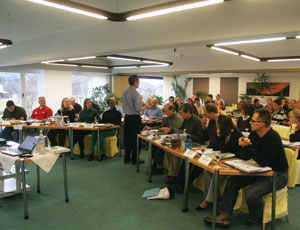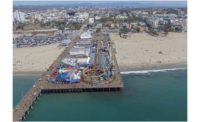Translating the U.S. Green Building Council’s Leadership in Energy and Environmental Design (LEED) Silver certification into a standard for all international construction—which the U.S. Army Corps of Engineers has pledged to do—may be impossible.

Creating high-performance facilities is not the issue, but holding to a LEED rating is problematic. “LEED is a very U.S.-based standard, and trying to take that and apply it overseas is difficult. But the Army mandate is ‘do it,’” says Jeanette Fiess, who represented the Corps’ LEED Sustainability Directorate of Expertise at a November “LEED Awareness” workshop for Corps staffers in Oberammergau, Germany. The directorate, a virtual entity with experts in many Corps districts, is trying to figure out how to comply.
Part of the problem is many countries in which the Corps builds have their own versions of LEED, and they don’t line up well enough in philosophy or detail to map from one to another. The Japanese have the Comprehensive Assessment System for Built Environment Efficiency (CASBEE), South Korea has its mandatory Green Building Certification Program, and Germany has the DGNB, or Deutsche Gesellschaft für nachhaltiges Bauen e.V, from the German Sustainable Building Council.

FIESS
In some cases, it is possible to cross-certify: Deutsche Bank was awarded a preliminary DGNB Gold certificate in June for renovation of its headquarters in Frankfurt and is also going for LEED Platinum with emphasis on reducing energy use and carbon-dioxide emissions by at least 50%. But there are ways to earn DGNB credits that do not correlate to LEED, such as aesthetic appeal, for example. But developing and cross-filing certification documentation with national construction agencies, which actually manage most of the design and construction, may turn into a nightmare.
“They acknowledge the issue and they are working it.” Fiess says. “We’re not in a position yet to say how.”


Post a comment to this article
Report Abusive Comment